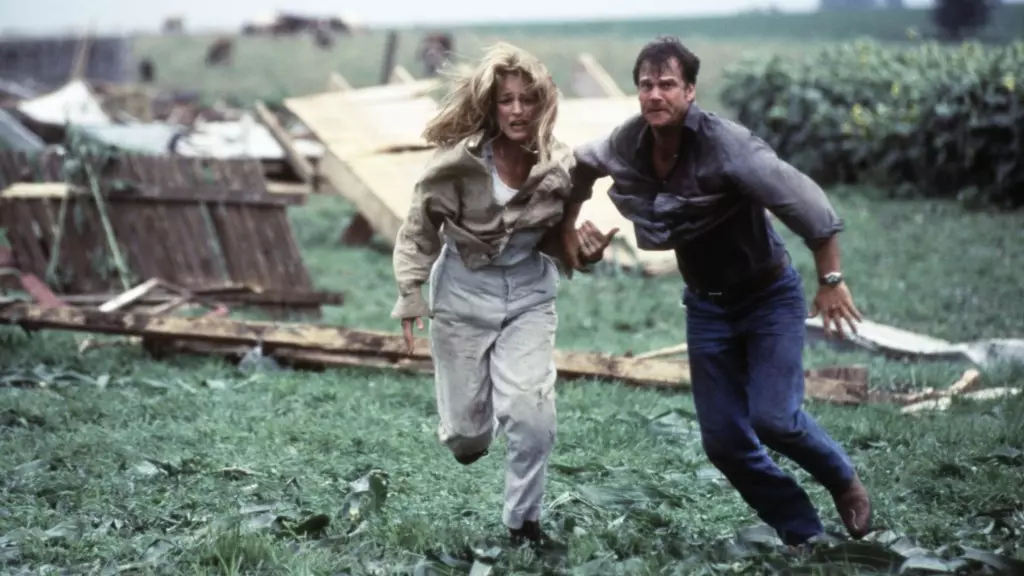As Jan de Bont reflects on the production of the original Twister movie, he highlights the challenges faced in creating realistic effects for the film. One of the major hurdles was the difficulty in determining whether the movie could even be made due to the intricacy of the effects required. The hardware and software needed to be specially designed for the movie, which involved a laborious process of trial and error. De Bont mentions that it was like taking two steps forward and one step backward, but the experience was ultimately exciting.
In order to gauge the believability of the effects, De Bont and his team conducted various tests, such as the opening scene with the farm and the family seeking shelter. Another pivotal test involved a shot from inside a car, simulating the experience of being in a storm and having debris hit the windshield. These tests were crucial in determining whether the effects were convincing enough to carry the entire movie. The success of these tests ultimately decided the fate of the film, rather than the script itself.
De Bont emphasizes the importance of using physical elements to enhance realism in the movie. For instance, the use of two gigantic jet engines mounted on trucks created powerful winds that blew debris towards the actors, eliciting genuine reactions from them. The sensation of walking against a storm in such conditions made the performances more authentic, as the actors were actually reacting to the elements around them.
One of the key aspects of Twister’s production was the preference for real effects over visual effects. De Bont recalls a scene in which giant combines fell from the sky, noting that this was not achieved through CGI but through practical effects. The combines were dropped from helicopters onto the road while the car was driving, creating an intense and realistic sequence. By using longer lenses, the distance appeared shorter, heightening the sense of danger for the actors.
Although the effects in Twister may have appeared dangerous, De Bont reiterates that safety was always a top priority during filming. Despite the seemingly perilous nature of the scenes, precautions were taken to ensure the well-being of the cast and crew. By carefully planning and executing the practical effects, the filmmakers were able to create a visually stunning and thrilling movie without compromising on safety.
The making of Twister involved a meticulous process of designing and implementing realistic effects to bring the story to life. Through innovative techniques and a dedication to authenticity, the filmmakers were able to create a thrilling and immersive experience for audiences. Jan de Bont’s reflection on the challenges and triumphs of the production sheds light on the intricate work that went into creating a film that continues to captivate audiences decades later.

